The company I work for uses conductive point-level water sensors to determine water level in a small tank. The manufacturer of these sensors has proven to have very unreliable quality control and ~30% of the sensors we buy for them fail in the field. This is very bad for us because our machines are usually in remote locations which makes it expensive for companies to send techs to service them.
We have looked at the following alternatives
Capacitive sensors
These sensors come with a screw on the back to set the sensing distance. We have tried to determine a standard setting from the factory, but some of the units that we have received with the standard setting have needed adjustment. It seems that the sensors are dependent on temperature/humidity etc. This, in my mind, makes these sensors a bad solution
Optical
These sensors work great until a film develops on the surface
We are very restricted in our mounting options as well. The sensors mount to a 1"ID ,1.25" OD sight-tube connected in parallel with the tank. There are 3 M12x1 tapped holes in the side of the sight-tube that the sensors screw into. One sensor at the bottom, one sensor in the middle and one at the top.
If these restrictions weren't in place, I would go with float switches, but since they are It seems to me that the best solution is a custom conductive sensor.
My idea is to first find some sort of 2 pin electrode that will screw into the M12X1 tapped hole. Then develop a circuit to connect to one of the electrodes(555 timer generating a sinusoid) and a detector on the other electrode that detects when the electrodes are shorted by the water.
The trouble I am running into is finding suitable electrodes. Does anyone have any suggestions for what I might be able to use, or any other potential solution? I have attached a picture of our current sight-tube and the sensor we use currently.
Our current sensor has the signal generator/detector inside of it, and because of the constant issues we have had with this company, my manager does not want to entertain the idea of having them make us electrodes based on their current design.
The interface that the sensor goes into is a 1.25" housing with 0.25" walls. The screw thread that it must fit into is M12x1
There is an opportunity to change the thread size/hole size if an off the shelf solution is available.

